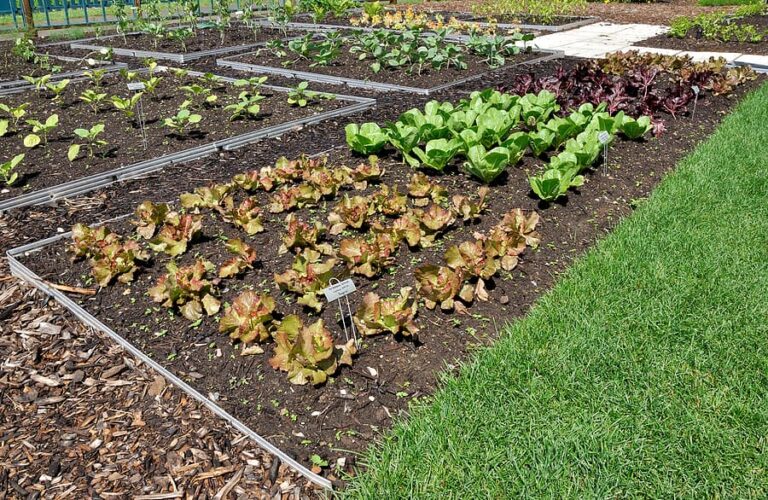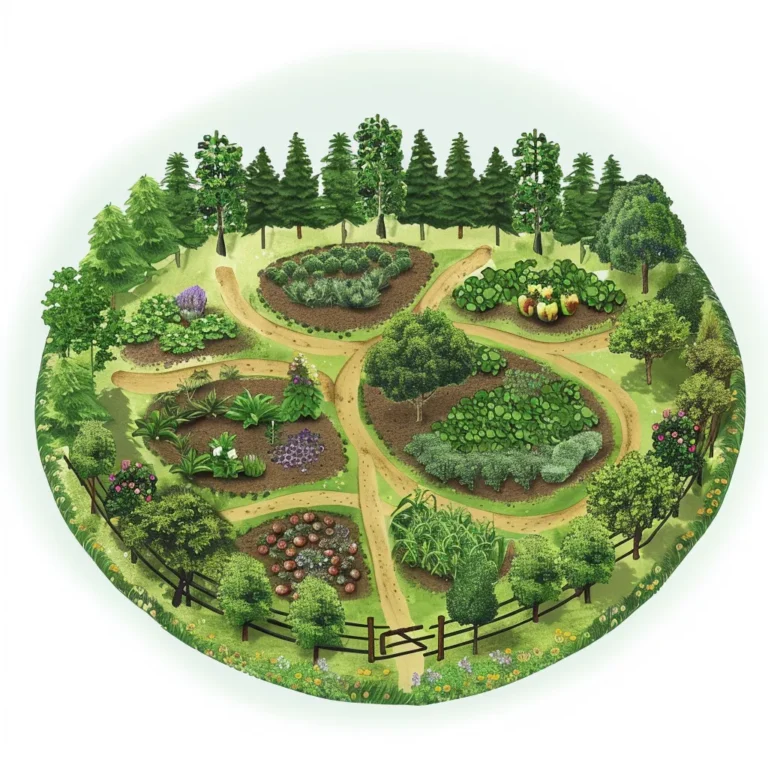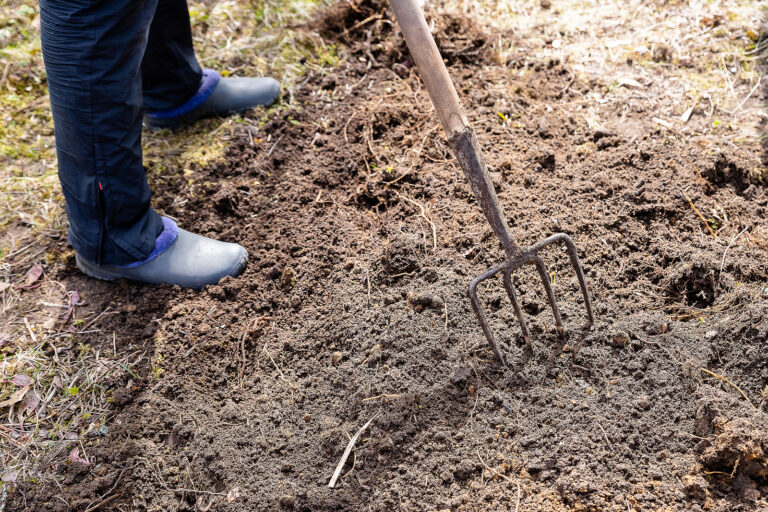How to Build a Community Garden Using Regenerative Principles
Creating a community garden that is regenerative means designing a space that not only grows food but also restores the soil, supports local ecosystems, and strengthens community connections. Regenerative community gardens focus on biodiversity, water and soil health, nutrient cycling, and collaboration, creating a resilient and productive space for everyone involved.
From my experience helping develop community gardens, success comes from combining careful planning, ethical stewardship, and inclusive participation. A regenerative approach ensures that the garden is not just a place to grow food but a living system that benefits people, wildlife, and the environment over time.
Steps to Build a Regenerative Community Garden
- Engage the Community
- Gather interested neighbors, schools, and organizations.
- Determine shared goals, responsibilities, and values.
- Assess the Site
- Check sunlight, soil health, drainage, water access, and local wildlife.
- Map zones (high-use vs. low-maintenance areas) and sectors (sun, wind, water flow).
- Design for Soil Health
- Build raised beds or mounded planting areas.
- Plan for composting areas, mulching, and cover crops.
- Plan Water Management
- Install rainwater capture, swales, or drip irrigation.
- Mulch heavily to reduce evaporation and retain moisture.
- Choose Plants Wisely
- Include vegetables, herbs, fruiting perennials, and pollinator-friendly flowers.
- Use companion planting and polycultures to maximize yield and pest resistance.
- Integrate Animals Where Possible
- Chickens, ducks, or worms can help cycle nutrients.
- Ensure animal areas are managed safely and hygienically.
- Encourage Biodiversity
- Plant native species, create pollinator strips, and provide habitats for beneficial insects.
- Set Up Governance and Shared Maintenance
- Assign roles for watering, composting, harvesting, and teaching.
- Keep a community log for observations, successes, and seasonal planning.
- Observe and Adapt
- Monitor soil health, yields, and community engagement.
- Make incremental improvements each season.
Tips from My Experience
In community gardens I’ve helped manage, rotating beds, adding compost, and planting flowering strips for pollinators increased soil health and harvests. Engaging volunteers in observation and maintenance strengthened community bonds, while seasonal reflection helped us adapt designs and planting choices over time.
Regenerative Community Garden Cheat Sheet: Steps & Tips
Why Build a Regenerative Community Garden
- Restore soil health and fertility
- Conserve water and resources
- Support biodiversity and pollinators
- Strengthen community engagement and education
- Create a resilient, productive garden for all
Steps to Build the Garden
| Step | Action | Quick Tips |
| 1. Engage the Community | Gather volunteers and stakeholders | Discuss goals, values, roles, and responsibilities |
| 2. Assess the Site | Evaluate sunlight, soil, drainage, water, wildlife | Map zones (frequency of use) and sectors (sun, wind, water flow) |
| 3. Design for Soil Health | Plan raised beds, compost areas, and cover crops | Mulch heavily; rotate beds annually |
| 4. Plan Water Management | Reduce water use and capture rain | Install swales, drip irrigation, and mulched paths |
| 5. Choose Plants Wisely | Mix annuals, perennials, herbs, and flowers | Use companion planting and polycultures for diversity |
| 6. Integrate Animals | Cycle nutrients and manage pests | Chickens, ducks, and worms; manage safely and hygienically |
| 7. Encourage Biodiversity | Support pollinators and beneficial insects | Plant natives, flowering strips, and hedgerows |
| 8. Set Up Governance & Maintenance | Assign roles for watering, composting, and harvesting | Keep a shared log for observations and planning |
| 9. Observe & Adapt | Monitor soil, plant health, and community participation | Adjust practices seasonally for improvement |
Additional Tips
- Start small and expand as the community gains experience
- Rotate crops and plant cover crops to improve soil fertility
- Involve community members in observation and feedback
- Celebrate successes and harvests to maintain engagement
- Include educational activities to teach regenerative principles
Regenerative Gardening Learning Hub
🌿 Start here: The Complete Guide to Regenerative Gardening and Farming
1️⃣ Soil Health and Living Systems
- How to Build Living Soil: A Step-by-Step Guide
- Understanding the Soil Food Web: Life Beneath Our Feet
- How to Use Compost and Vermicompost in a Regenerative Garden
- Mulching for Soil Health: How to Protect and Feed the Soil Naturally
- Using Mycorrhizal Fungi to Boost Plant Health and Yield
- Minimal Tillage: Why and How to Disturb the Soil Less
- How to Test, Read, and Rebalance Your Soil Naturally
2️⃣ Biodiversity and Polyculture
- How to Design Polycultures and Companion Plantings for Regenerative Gardens
- Integrating Native Plants into Your Food Garden
- Creating Habitat for Beneficial Insects and Pollinators
- Cover Cropping for Biodiversity and Soil Regeneration
- Crop Rotation for Soil Fertility and Pest Management
3️⃣ Carbon Sequestration and Organic Matter
- Why Capturing Carbon in the Garden Is Important and Fights Climate Change
- Increasing Soil Carbon with Compost, Mulch, and Deep Roots
- Biochar: What It Is and How to Use It in the Garden
- How to Keep Soil Covered Year-Round to Build Carbon and Fertility
4️⃣ Water Stewardship
- How to Use Water Wisely: The Principles of Water-Wise Regenerative Gardening
- Building Swales and Contour Beds to Slow and Sink Rainwater
- Mulch, Groundcovers, and Soil Structure for Water Retention
- Harvesting Rainwater for Regenerative Gardens
5️⃣ Perennial Crops and Permanent Systems
- How to Transition from Annuals to Perennials in the Vegetable Garden
- Perennial Vegetables for Regenerative Systems
- Agroforestry and Food Forest Basics for Gardeners
- Integrating Fruit Trees and Shrubs into the Vegetable Garden
6️⃣ Animal Integration
- Chickens in the Garden: How to Use Them Regeneratively
- Using Worms and Bees as Regenerative Allies
- The Role of Animals in Closing the Nutrient Loop
7️⃣ Human and Community Connection
- The Ethics of Regenerative Gardening: Care for Earth, People, and Future Generations
- How to Build a Community Garden Using Regenerative Principles
- Teaching Regenerative Gardening to Children and Beginners
- Healing the Land and Ourselves: The Psychology of Regenerative Practice
8️⃣ Regenerative Design and Planning
- How to Plan a Regenerative Garden from the Ground Up
- Regenerative Gardening Principles Simplified for the Home Gardener
- Home Garden Permaculture
- How to Create a Home Food Forest
- French Intensive Gardening
- Square Foot Gardening
- Zone and Sector Planning for Small Regenerative Gardens
- Using Observation and Feedback to Improve Your System Each Season
9️⃣ Inputs and Outputs: Closing the Loop
- How to Make and Use Compost Tea and Fermented Plant Extracts
- Zero Waste Gardening: How to Cycle Nutrients and Minimize Inputs
- How to Build a Closed-Loop Garden System
10️⃣ Case Studies and Personal Experience



